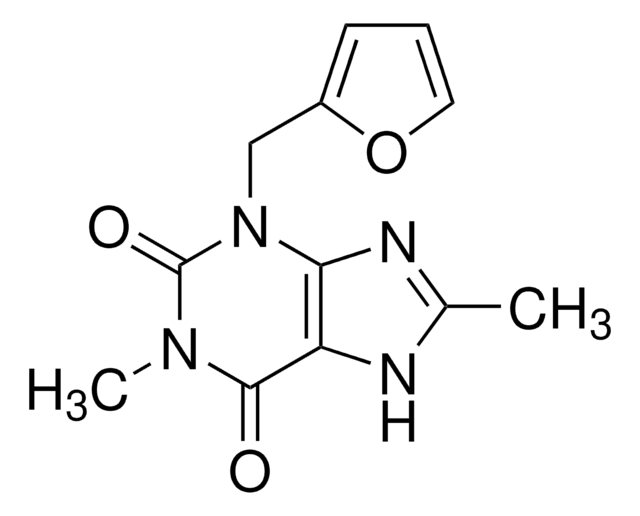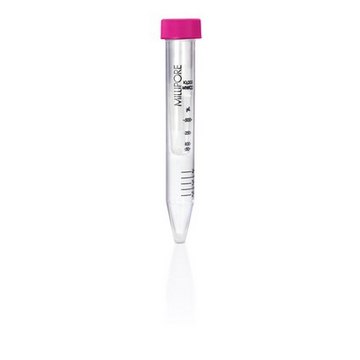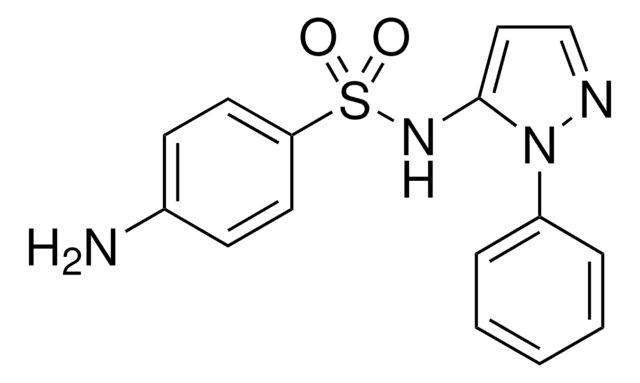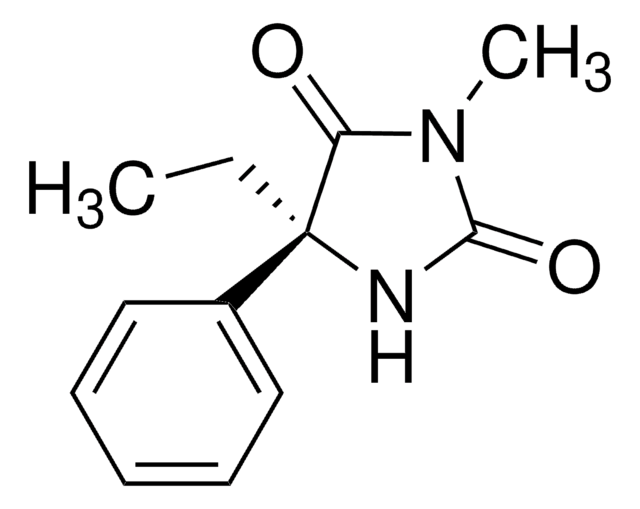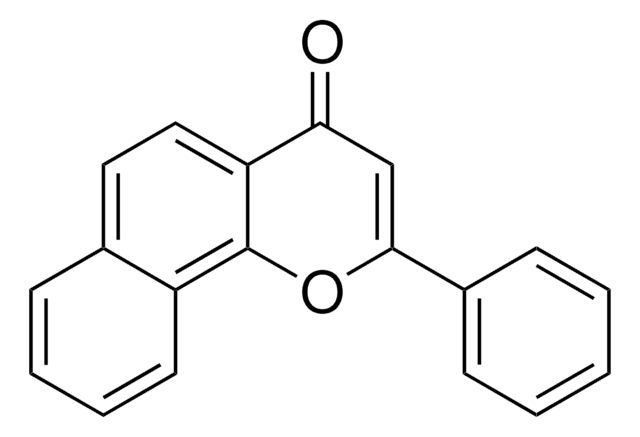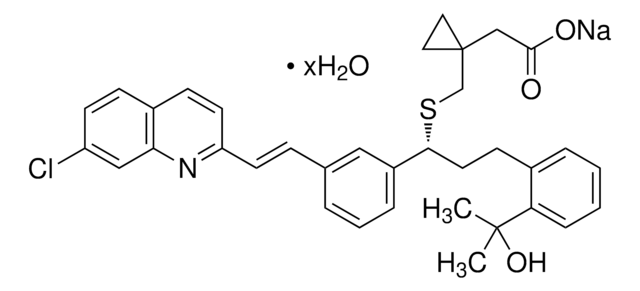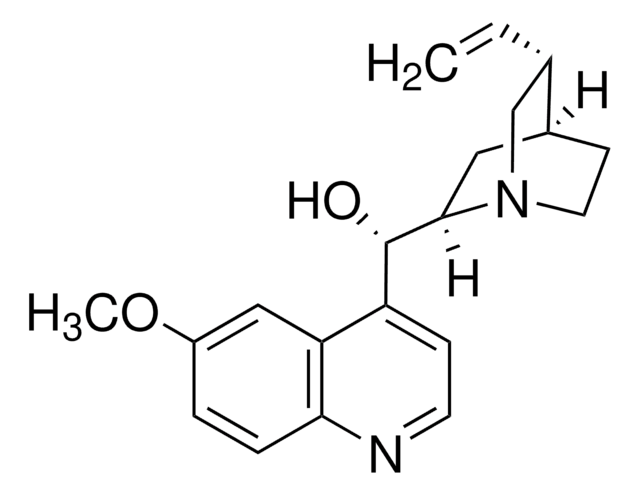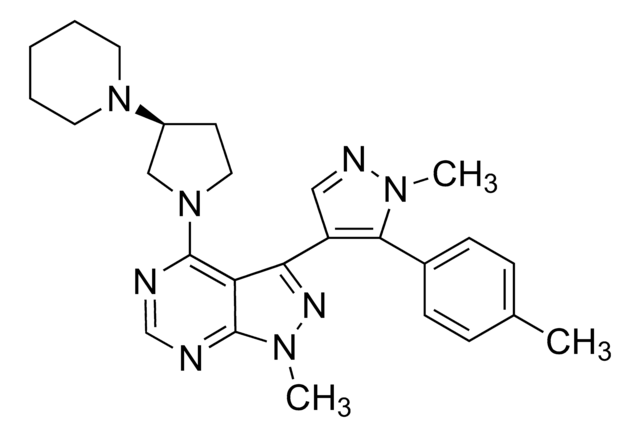Recommended Products
Quality Level
Assay
≥98% (HPLC)
form
powder
solubility
DMSO: >20 mg/mL
H2O: insoluble
storage temp.
2-8°C
SMILES string
CC[C@]1(NC(=O)N(Cc2ccccc2)C1=O)c3ccccc3
InChI
1S/C18H18N2O2/c1-2-18(15-11-7-4-8-12-15)16(21)20(17(22)19-18)13-14-9-5-3-6-10-14/h3-12H,2,13H2,1H3,(H,19,22)/t18-/m0/s1
InChI key
ZMZDHUHMXXALFX-SFHVURJKSA-N
Related Categories
Application
Biochem/physiol Actions
Signal Word
Warning
Hazard Statements
Precautionary Statements
Hazard Classifications
Acute Tox. 4 Oral - Aquatic Acute 1 - Eye Irrit. 2
WGK
WGK 3
Flash Point(F)
Not applicable
Flash Point(C)
Not applicable
Personal Protective Equipment
Certificates of Analysis (COA)
Search for Certificates of Analysis (COA) by entering the products Lot/Batch Number. Lot and Batch Numbers can be found on a product’s label following the words ‘Lot’ or ‘Batch’.
Already Own This Product?
Find documentation for the products that you have recently purchased in the Document Library.
Our team of scientists has experience in all areas of research including Life Science, Material Science, Chemical Synthesis, Chromatography, Analytical and many others.
Contact Technical Service